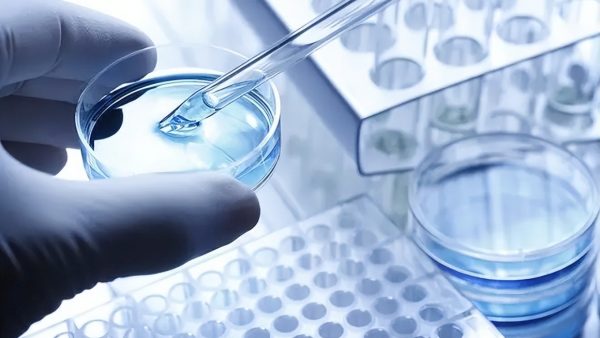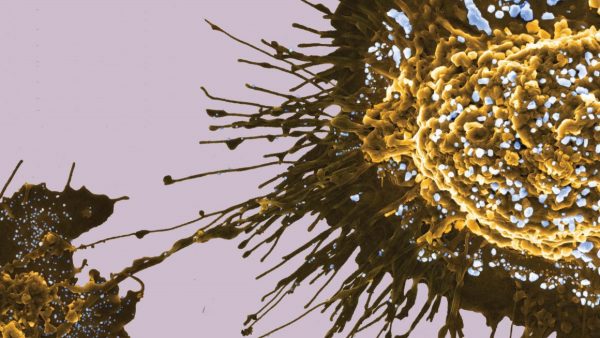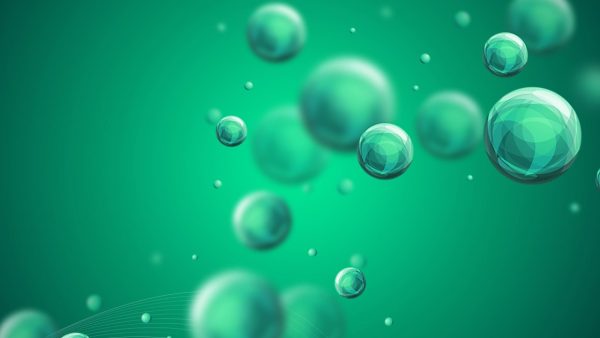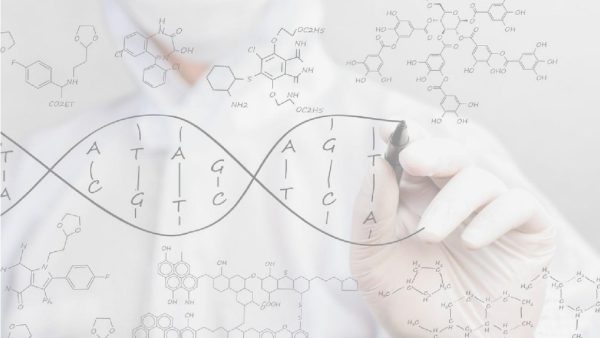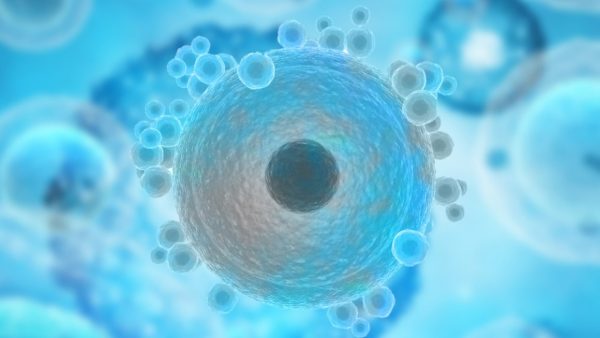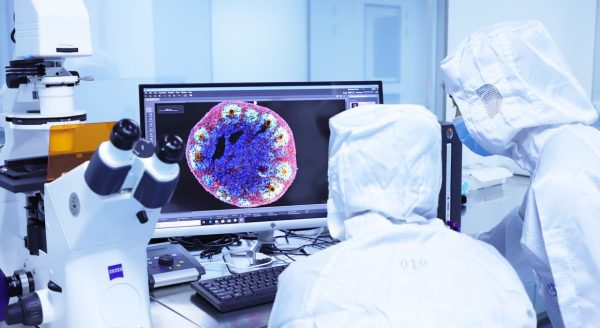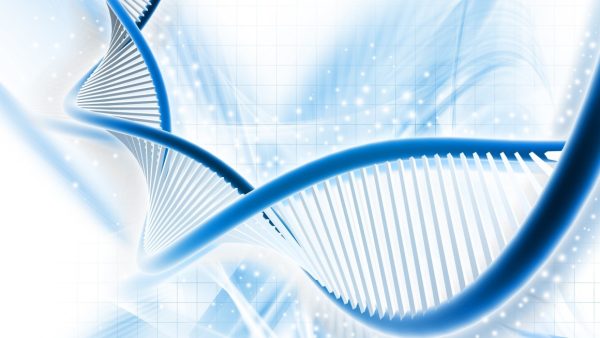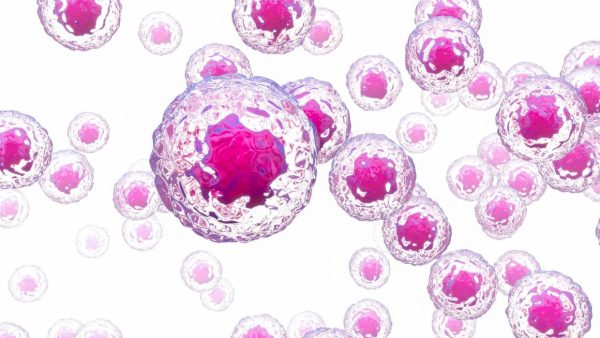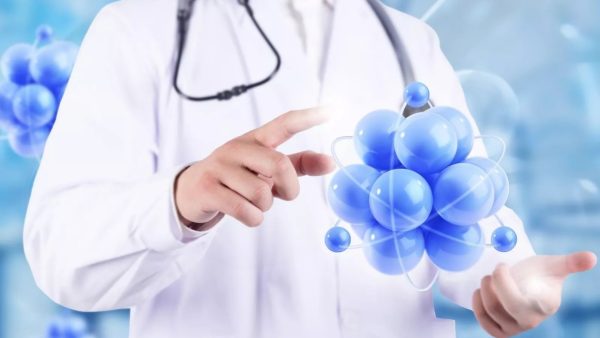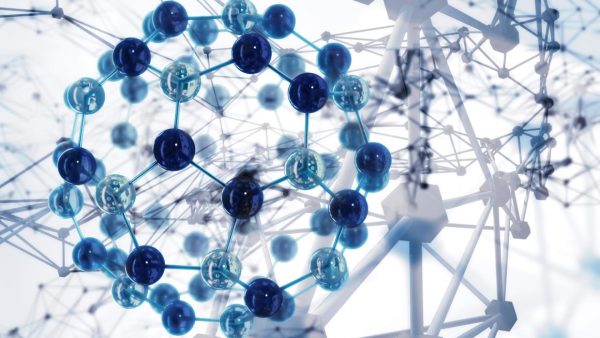Among all of the PEG (polyethylene glycol) modified small molecules, the anti-tumor drugs, focusing on paclitaxel and hetotaxine, are the most frequently studied. Although these small molecules are generally with high toxicity, the large dosage is required to achieve the effective treatment. Pegylation has the ability to settle the defects in the physicochemical properties and pharmacokinetics of small molecule […]
How PEG Derivatives Are Used in PROTAC Linker
PROTAC(Proteolysis Targeting Chimera) is a brand new technique applied to induce the degradation of targeted protein through the ubiquitin-proteasome system. The PROTAC molecule consists of a ligand that binds the target protein, a ligand that recruits the E3 ubiquitin ligase and a linker between the two ligands. The PROTAC molecule forms a stable ternary complex with the target protein […]
PEG Modified Uricase For the Treatment of Gout
Gout is a common and complex form of arthritis that can strike people of all ages. Patients with gout often suffer from sudden joint pain with edema, red swelling and inflammation at night, and the pain will last several days or even weeks. The attack of gout is related to the concentration of uric acids in the body, and uric acid salts will accumulate in joint cavities […]
New Trend of mRNA LNPs Platform: In-Vivo CAR-T(M) Therapy
The researchers from the Perelman School of Medicine of the University of Pennsylvania published a paper entitled “CAR T cells produced in vivo to treat cardiac injury” on the “Science” on Jan 6th, 2022. The study demonstrated that the injection of mRNA LNP is capable of creating CAR-T cells in vivo directly, which can attack specific targets through a single injection of mRNA to successfully […]
The Application of PEG Derivatives in ADC Linker
Antibody-drug Conjugates (ADCs), one of the fast-developing anticancer drugs, are the conjugation of monoclonal antibodies and small-molecule cytotoxic drugs. ADCs are well known for both the targeting ability with high specificity of antibody drugs and the powerful killing efficiency of traditional small-molecule cytotoxic drugs. They can be identified by the antigen specificity of the monoclonal antibodies and the surface of tumor […]
The Role of Lipids and Proteins in Neurotransmission
Neurons are the fundamental unit of the brain and central nervous system, they are responsible for the reception of sensory information and the delivery of the motion command to our muscles. These cells interact with each other to form a network of information delivery, and the key components of network are synaptic junctions. The synaptic junction is […]
The Effect of Cationic Lipids on Delivering siRNA to Liver by Injection
siRNAs are small double-stranded RNAs which can control the expression of specific genes, and the process is done by degrading mRNA after transcription. siRNAs are perfect therapeutic agents for the disease-causing gene-silencing expression due to their high degree of specificity. In addition, as they are hydrophilic and with large size, there are several problems that should be overcome […]
The New Application of Cholesterol as the Carriers for Drug Delivery
As we all know, cholesterol with a high level can result in heart disease and stroke. However, at the same time, cholesterol is necessary for healthy cell building in our bodies, and it can be used for therapeutics to save our lives. Existing in biological system, cholesterol is a membrane constituent that is capable of modulating membrane fluidity, […]
The Relationship Between Lipidome and Antibiotic Resistance
Antibiotic resistance is a serious threat which could reduce the body sensitivity to the drugs. The Centers for Disease and Control (CDC) in the United States reported and listed several antibiotic-resistant pathogens which are considered threats, such as Carbapenem-resistant Acinetobacter, Candida aureus, Clostridioides difficile, Drug-resistant Neisseria gonorrhoeae and Methicillin-resistant Staphylococcus aureus (MRSA), among which MRSA […]
The Identification and Quantification of Diverse Ceramides in the Stratum Corneum
As is known to all, ceramides, a kind of lipids found in skin cells, are an important part of the stratum corneum (SC). As the outermost layer of the skin, the stratum corneum (SC) is the bond to connect our body to the outside. Acting as a barrier, the SC prevent the unnecessary materials from […]




